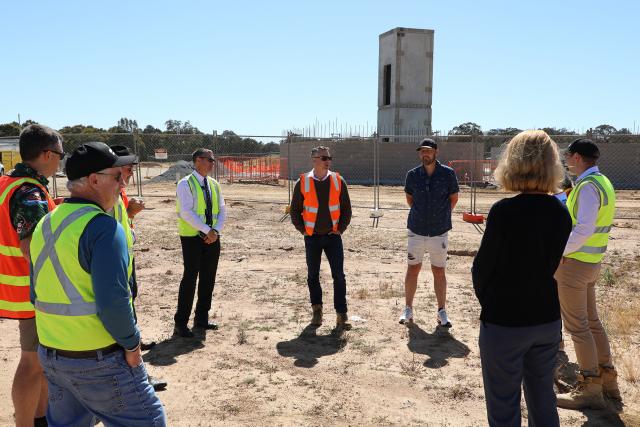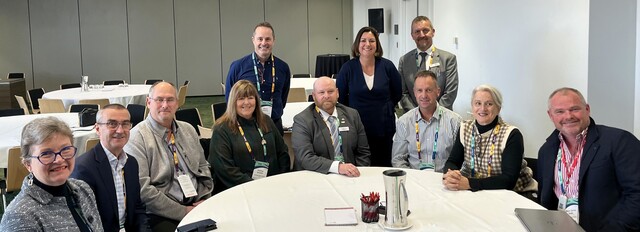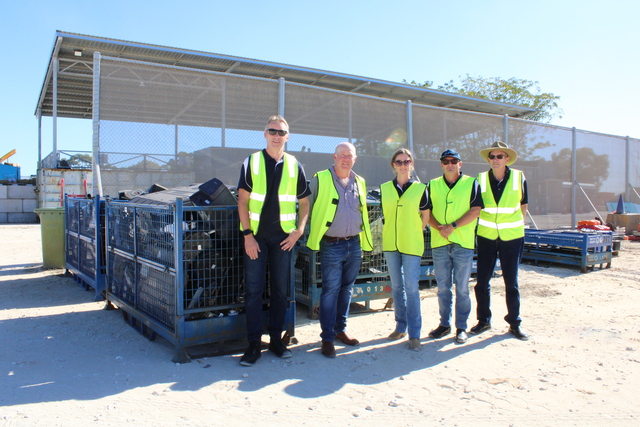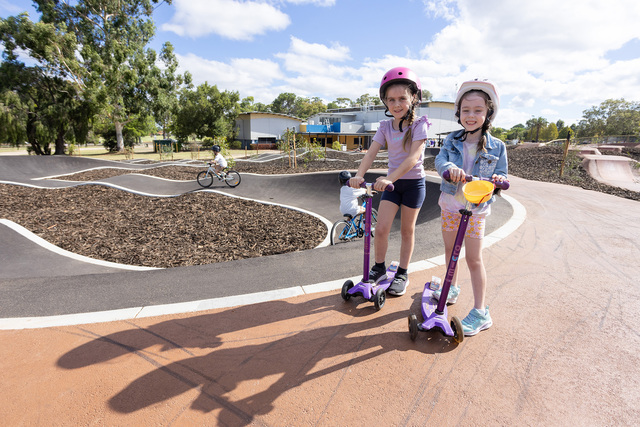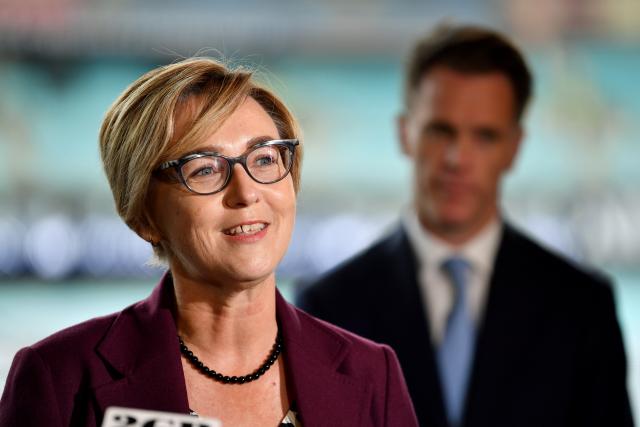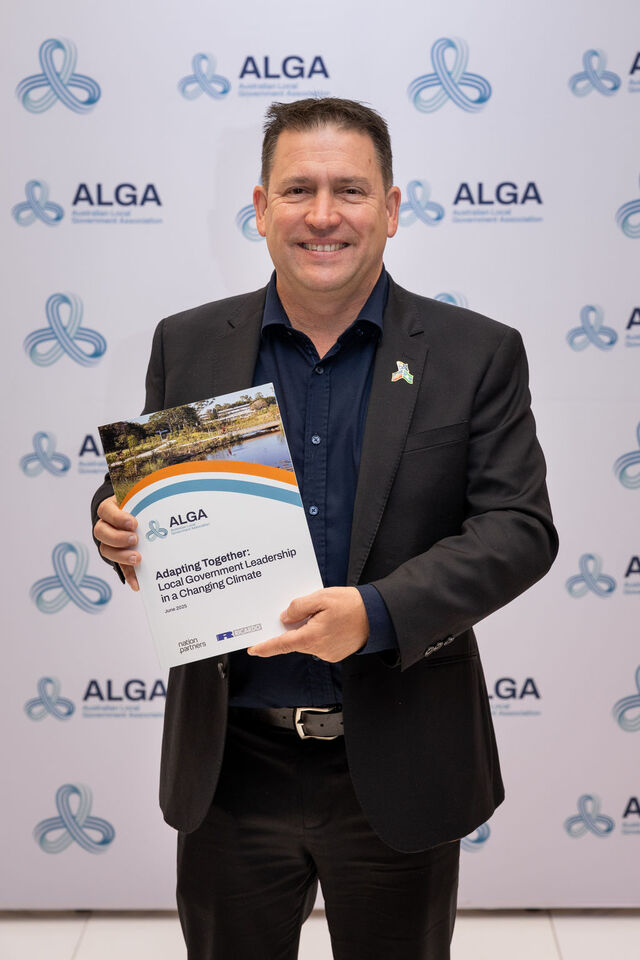The halfway point has been reached in a landmark construction project that’s transforming 96ha of former farmland into a sporting drawcard that will cater to a wide range of sports and thousands of players and spectators.
When completed in mid-2024, the Baranduda Fields project in Wodonga, North East Victoria, will become the largest regional sporting precinct between Sydney and Melbourne.
Stage one includes: Two soccer fields with lighting, fencing and irrigation; a soccer pavilion, up to eight change rooms, match officials and first aid rooms, canteen, function space and meeting room, duel facing grandstand seating and public toilets; one full-sized Australian rules oval and turf cricket wickets with fencing, irrigation and lighting; a shared AFL and netball pavilion with change rooms, canteen and public toilets; two netball courts with lighting and fencing; two car parks, including drainage and lighting and integrated water management design elements; and Landscaping and shared paths throughout the site.
Works have recently started on the AFL and soccer pavilions, with irrigation to be installed on the playing fields in February, 2023.
With 50 per cent of stage one now completed, Wodonga councillors and senior leaders inspected the site in early December and were encouraged by the rate of progress, despite heavy rain and widespread flooding in spring, 2022.
Wodonga Mayor Ron Mildren said it was exciting to see the project taking shape.
“The Wodonga community is very active and sports-minded so it’s terrific to be delivering such a modern, diverse facility that will cater to locals of all ages as well as providing a venue for visitors competing at local, regional and state level,” he said.
“Baranduda Fields will provide a significant boost to our visitor economy while also creating a nursery for the sporting stars of the future – and placed as it is within one of our city’s major growth precincts, it will provide a sporting heartland for thousands of families who’ll soon call the area home.”
The project was designed with extensive stakeholder input, including feedback from more than 25 community and sporting groups.
In future stages, further facilities will be developed to cater for an expanded range of sports and activities with those additions to be guided by input and advice from sporting groups and families.
At a cost of $24m, stage one has been funded by $10m from the Department of Infrastructure, Transport, Regional Development and Communications, with a further $14m provided by the council over a three-year period.

